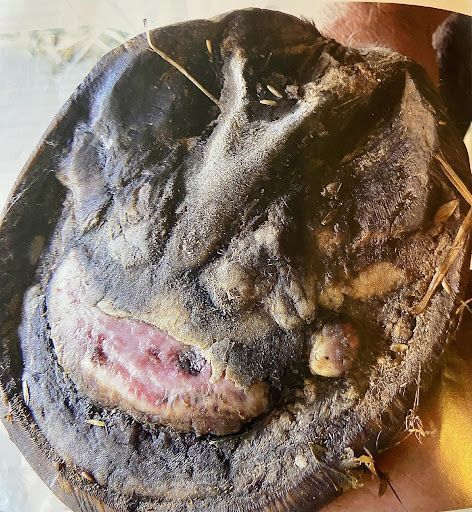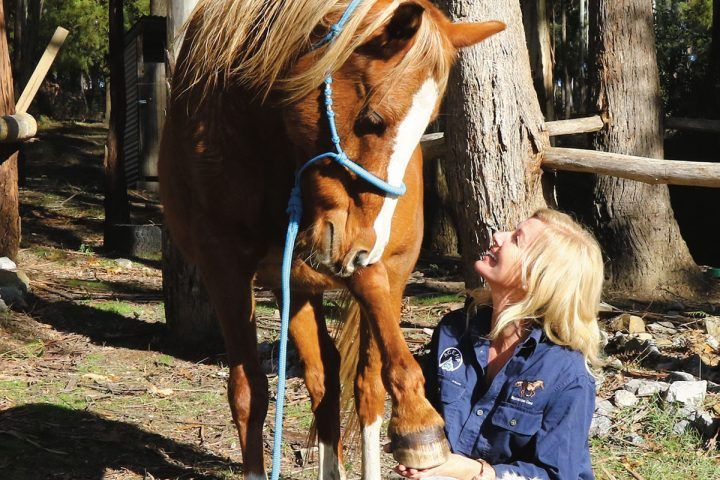THE WORLD’S BEST HOOF EXPERT, PETE RAMEY IN AUSTRALIA
Wild About Hooves • 20 April 2016
PETE RAMEY HEADING DOWN UNDER!
The Australian Certified Equine Hoof Care Practitioners (www.australianhooftrimmers.com) are bouncing like kangaroos, excited to announce that hoof rehabilitation specialist, author and educator, Pete Ramey is running a series of clinics in AUSTRALIA.
Pete Ramey’s two day hoof rehabilitation clinics are focusing on growing a healthier hoof and how to unlock the tremendous healing powers in the horse.
An American Farrier, Pete has been studying horses hooves for 20 years. He has written the popular book, Making Natural Hoof Care Work for You and numerous papers but his latest text, Care and Rehabilitation of the Equine Foot offers practical instruction for the Equine Veterinarian, Farrier and Trimmer.
What’s brilliant about Pete’s Clinics are they are field based, “under the horse” demonstrations and presentations. He details the internal anatomy and development of the hoof, Caudal Hoof Pain and Laminitis treatments plus help and advice for countless other hoof problems.
“We are so fortunate in Australia to have the caliber of Ramey’s work and study presented to us. It's not to be missed. He is a dynamic presenter and his hands-on practical approach is the reason his clinics sell out fast.” Jeremy Ford, principal lecturer of the nationally recognized certificate in Equine Hoof Care.
Melbourne, Victoria
Date: OCTOBER 15th & 16th – SOLD OUT SORRY
Northern Tasmania
Date: OCTOBER 22nd & 23rd PLACES STILL AVAILABLE- BOOK SOON
Canberra, ACT
Date: OCTOBER 29th and 30th - SOLD OUT SORRY
Australians! Register at www.hoofrehab.com
or jenclingly@yahoo.com.au

Laminitis kills thousands of horses every year, and leaves thousands of others debilitated with lameness. It will and can affect any horse. And for you, the horse owner it can be devastating: you feel guilty and heartbroken at your horses suffering, confused with all the information as it is typically explained by professionals in scientific terms that can be difficult to understand, costly veterinary bills and you have the major task of nursing your horse back to recovery. . Unseasonal weather patterns around Australia with abundant rain and sunshine saw laminitis at a near epidemic last year. The reason being, that the environmental conditions can trigger increases in the sugar, starch and fructan. These collectively known as non-structural carbohydrates can cause laminitis in any horse or pony. Alarm bells ring this spring!! Be warned and be prepared, for prevention is better than cure.

The extraordinary relationship between humans and the horse has been running since before the birth of Christ. Indeed, there is evidence our domestication of horses goes as far back as 3500 BC. And ever since we recognised the utilitarian value of the horse, there has been the horseshoe. The use of horseshoes has become an almost unquestioned tradition. Humans have been nailing shoes onto horses’ hooves for well over a thousand years. Who can remember back to a time otherwise?
